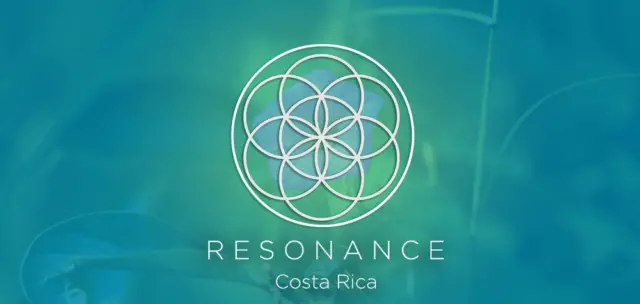In the annals of Costa Rican history, few figures stand as boldly as **Francisca “Pancha” Carrasco**, a woman whose bravery during the **1856-1857 National Campaign** against William Walker’s filibusters earned her a legendary status. At a time when women were largely excluded from combat, Carrasco defied societal norms, taking up arms to defend her homeland. Her story is one of **courage, patriotism, and resilience**, making her a symbol of Costa Rican identity.
**Early Life: Humble Beginnings**
Born **Francisca Carrasco Jiménez** in **San José on April 8, 1816**, Pancha grew up in a modest family. Little is known about her early years, but historical records suggest she lived a simple life, working as a **cook and laundress** before her heroic actions thrust her into the national spotlight.
Her ordinary background makes her heroism even more remarkable—she was not a trained soldier, but a **determined civilian** who stepped forward when her country needed her most.
**The National Campaign: Costa Rica’s Fight Against William Walker**
In the mid-19th century, **William Walker**, an American filibuster, invaded Central America with the goal of establishing a pro-slavery regime. After taking control of Nicaragua, he threatened neighboring Costa Rica.
In response, **President Juan Rafael Mora Porras** called upon Costa Ricans to defend their nation. Thousands volunteered, including Pancha Carrasco, who joined the troops despite **women being officially barred from combat**.
**Pancha’s Role in the War**
– **Joined as a Camp Cook & Nurse** – Initially, she supported soldiers by preparing meals and tending to the wounded.
– **Took Up Arms in Battle** – When Costa Rican forces faced heavy fire at the **Battle of Rivas (April 11, 1856)**, she grabbed a rifle and fought alongside the men.
– **Inspired Troops** – Her fearlessness **boosted morale**, proving that courage knows no gender.
Her most famous act came during the **Battle of Santa Rosa (March 20, 1856)**, where she reportedly **fought fiercely** against Walker’s forces, helping secure a crucial victory.
**Legacy: A Symbol of Bravery and Equality**
Pancha Carrasco’s actions challenged traditional gender roles, proving that **women could be warriors** in times of crisis. Though her story was nearly forgotten for decades, modern Costa Rica celebrates her as a **national heroine**.
**How Costa Rica Honors Her Today**
– **Schools, Streets, and Parks** – Many institutions bear her name.
– **Military Recognition** – The **Costa Rican Coast Guard** named a ship in her honor.
– **Cultural Icon** – She appears in murals, books, and national celebrations.
In 2012, the **Legislative Assembly officially declared April 8 as “Pancha Carrasco Day”** to commemorate her contributions.
**Debates & Historical Accuracy**
Because records from the 1850s are incomplete, some historians debate the **extent of Pancha’s combat role**. However, **oral traditions and military accounts** confirm her participation, and her legend remains a powerful part of Costa Rican identity.
Why Pancha Carrasco Matters Today**
Pancha Carrasco’s story is more than a historical footnote—it is a **testament to ordinary people doing extraordinary things**. In a time when women had few rights, she **defied expectations** and helped shape her nation’s destiny.
Her legacy reminds us that **heroism comes in many forms**, and that **Costa Rica’s strength lies in its people**—both men and women.

